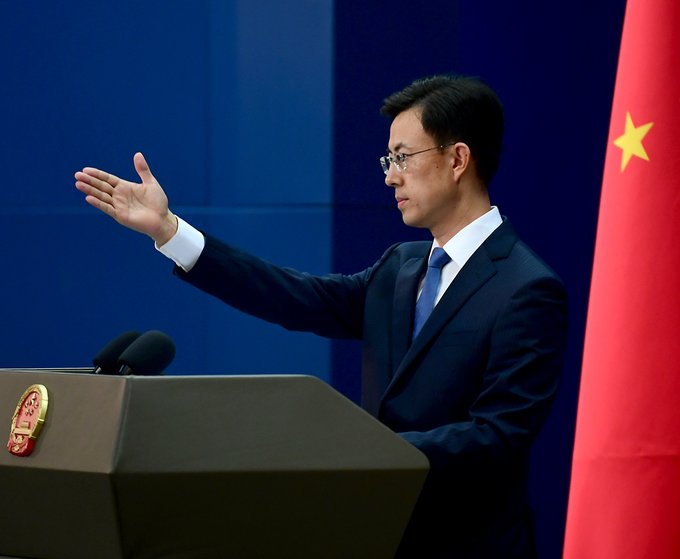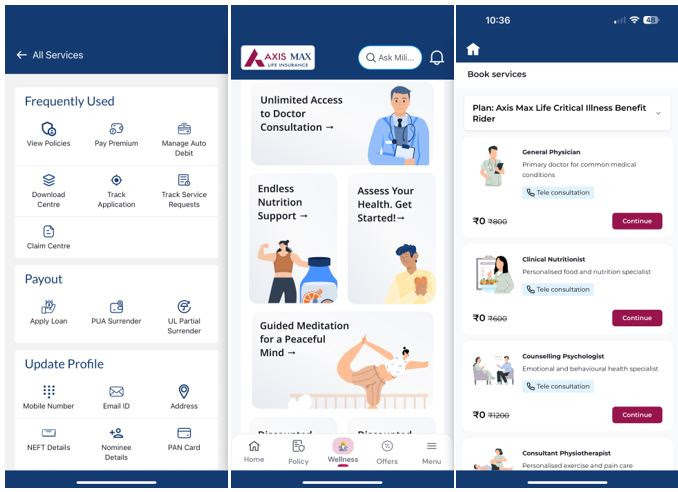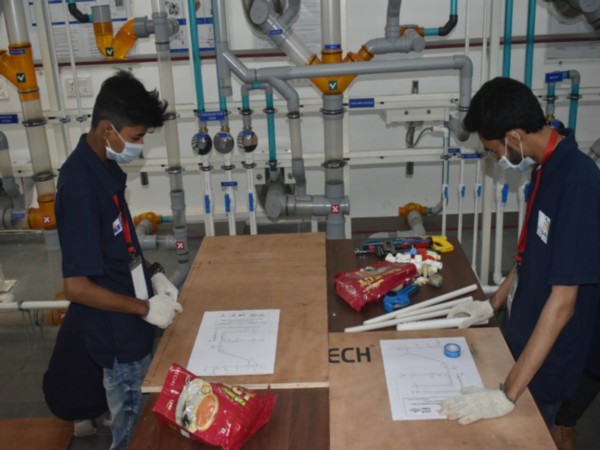As China prepares for escalating tensions with the US
Jul 31, 2025
Beijing [China], July 31: Despite sending out signals of goodwill, the US and China failed to make any breakthroughs after two days of negotiations that just ended, while Beijing braced for the risk of tensions with Washington.
Yesterday (July 30, Vietnam time), international media reported that the US and China ended the latest round of negotiations lasting from July 28-29 in Stockholm (Sweden) without achieving any breakthrough to resolve the trade war between the two sides.
Can't find common ground
Just before the talks, US President Donald Trump blocked Taiwanese leader Lai Ching-te from stopping in New York during his Central American tour. The move came as US and Chinese officials held talks in Sweden, in what was seen as a concession by Washington to Beijing.
In addition, in early July, the Trump administration lifted restrictions on the export of chip design software to China. The world's three leading chip design software suppliers, Synopsys, Cadence and Siemens, all said they had been notified by the US Commerce Department that export restrictions imposed in May had been lifted. In late May, the US had requested restrictions on the supply of key software tools used to design semiconductors to China , as part of retaliation for Beijing's chokepointing of rare earth exports to Washington.
In addition, the US recently had to agree to let NVIDIA sell the H20 graphics processing unit (GPU) to China. This is an advanced chip for AI development technology. Previously, the US banned NVIDIA from exporting to China. In response, Beijing stopped exporting rare earths to Washington, which significantly affected the supply of materials for many US industries, especially the semiconductor chip sector. At the same time, China lifted the regulation to stop exporting rare earths to the US.
However, in reality, the two countries still have many disagreements on Ukraine, trade and especially the military situation in the Indo-Pacific region, making it difficult for the two sides to find common ground in the power struggle. Typically, on July 29, US Treasury Secretary Scott Bessent warned Chinese officials that Washington could impose tariffs of up to 100% if Beijing continued to buy Russian oil.
Beijing's preparations
Meanwhile, the South China Morning Post , citing several sources close to the matter, reported that China has pledged to maintain macro-policy support until the end of the year. The move comes as economic risks - both external and internal - in the second half of the year put considerable pressure on the Chinese economy. Accordingly, in a meeting to discuss measures to support the economy, the Politburo of the Communist Party of China affirmed that it would "stabilize the fundamentals of foreign trade and investment" and support companies that have been hit hard by recent shocks to the global economy.
According to the South China Morning Post , on the same day, July 29, General Secretary and President of China Xi Jinping held a symposium on economics. Both meetings took place after two days of trade negotiations between China and the US in Stockholm, Sweden.
China's Politburo is planning a major annual conclave in October, with a key focus on discussing the country's next five-year plan for economic, political and social goals amid continuing tensions with the US. The exact date of the meeting has not been announced, but historically it is likely to take place in the second half of October and last for four days.
Source: Thanh Nien Newspaper








